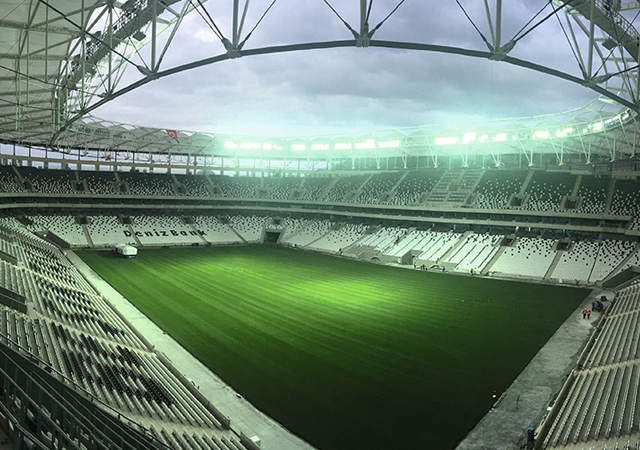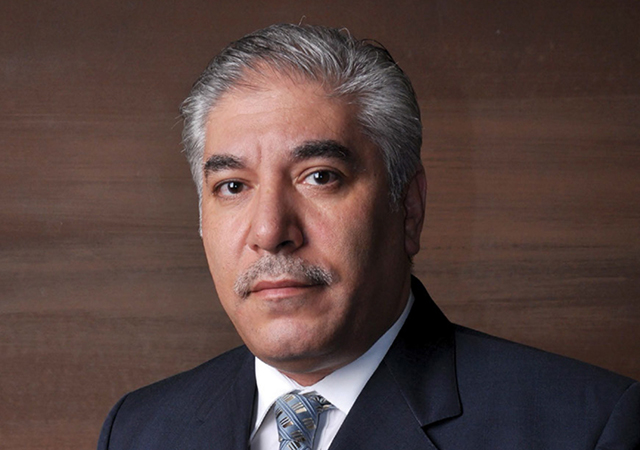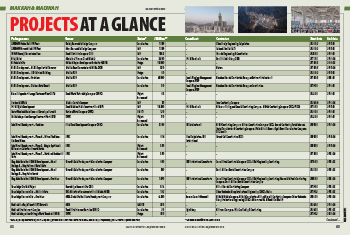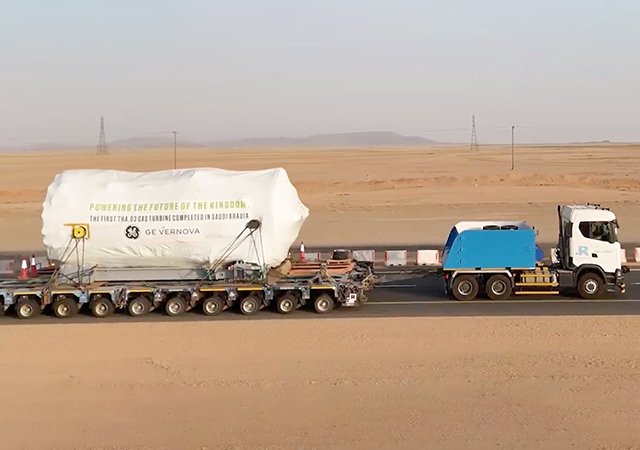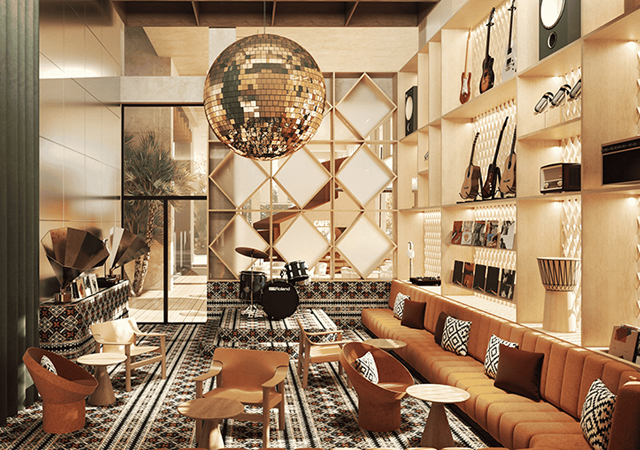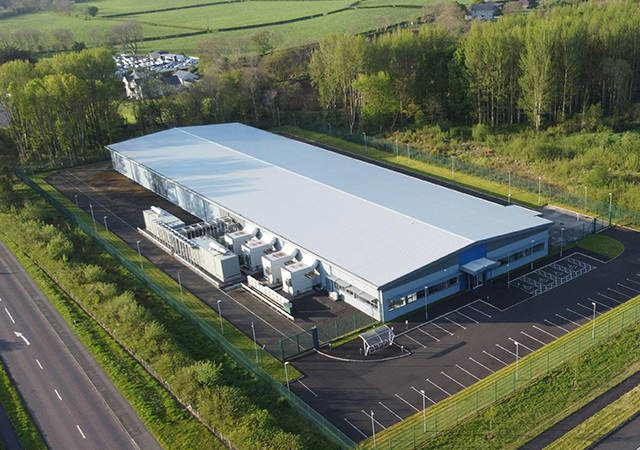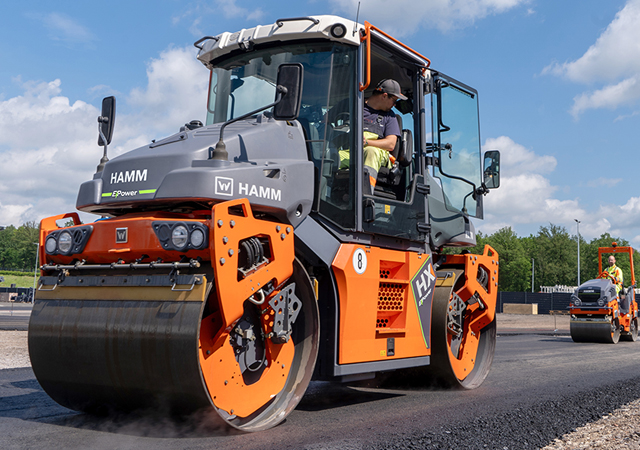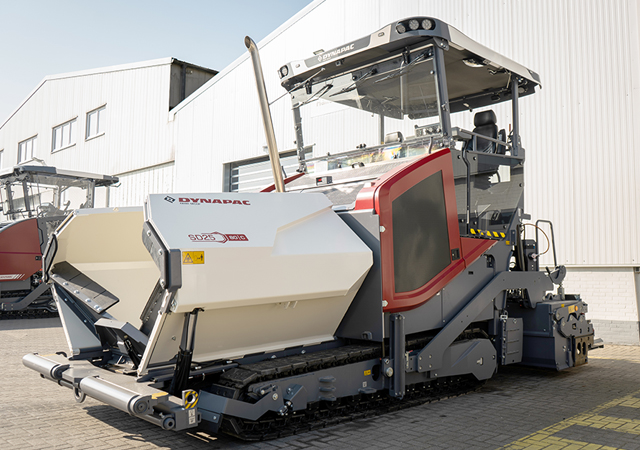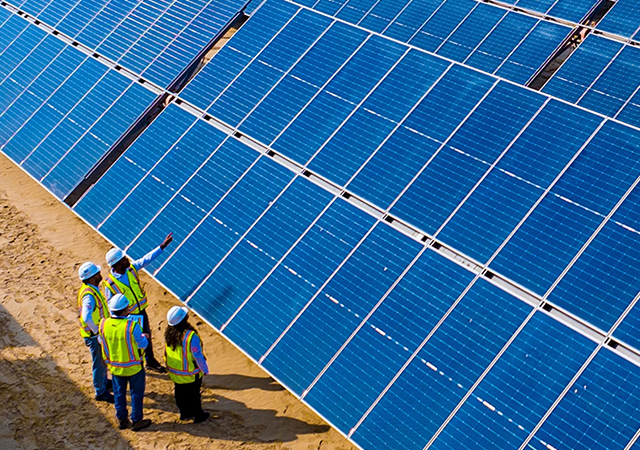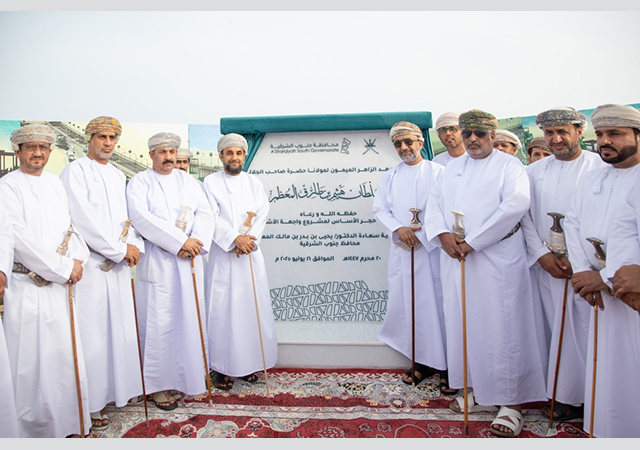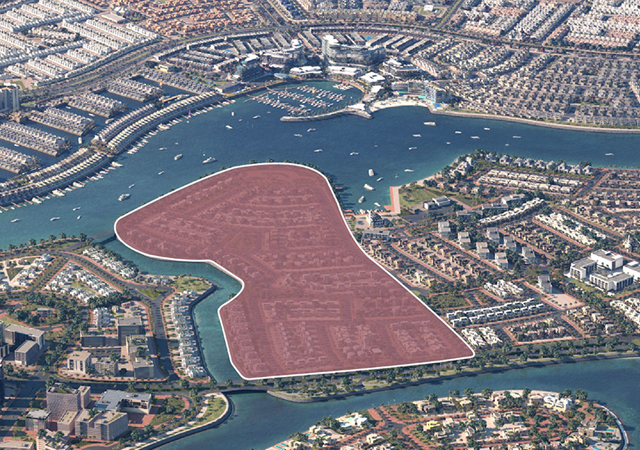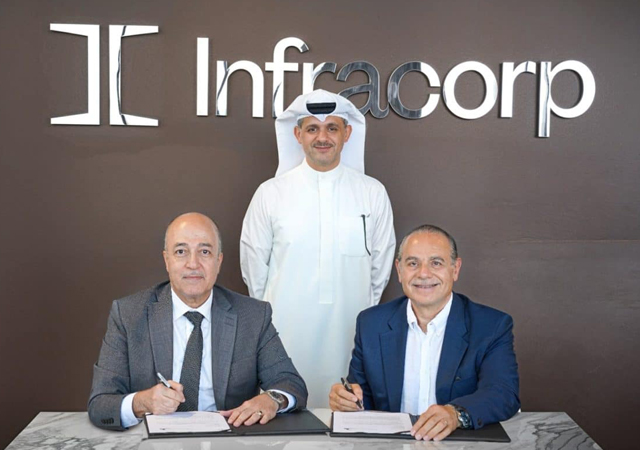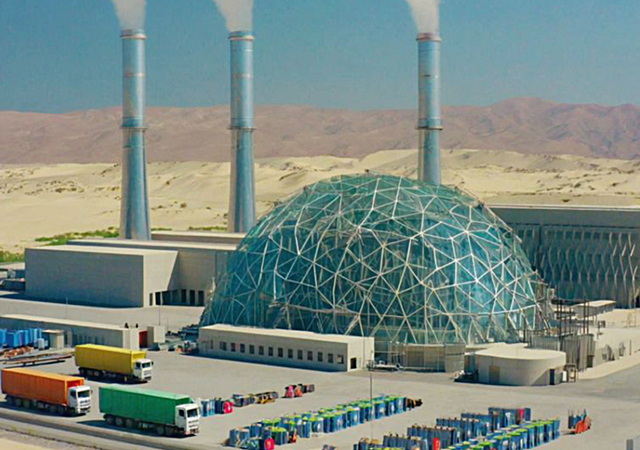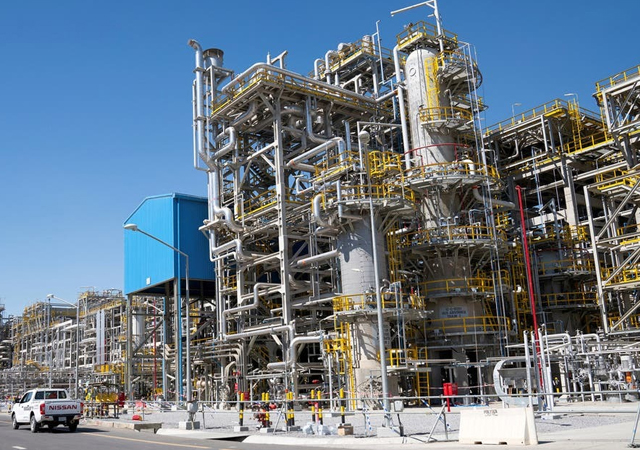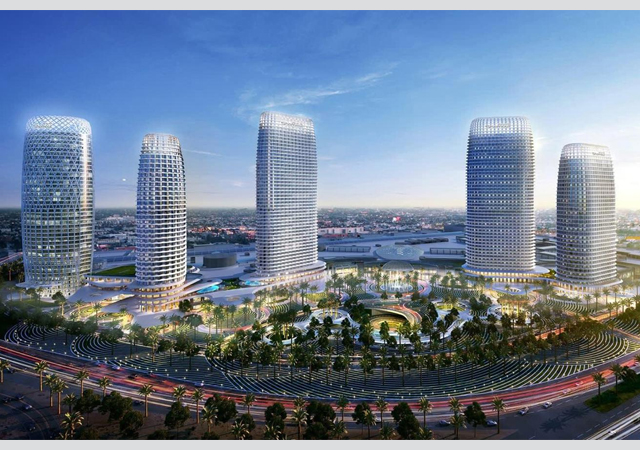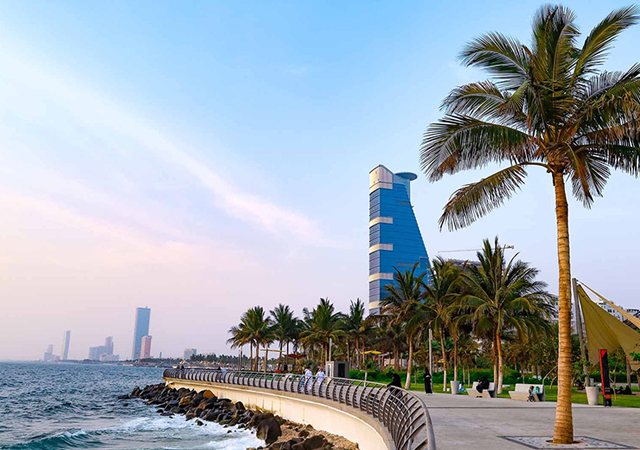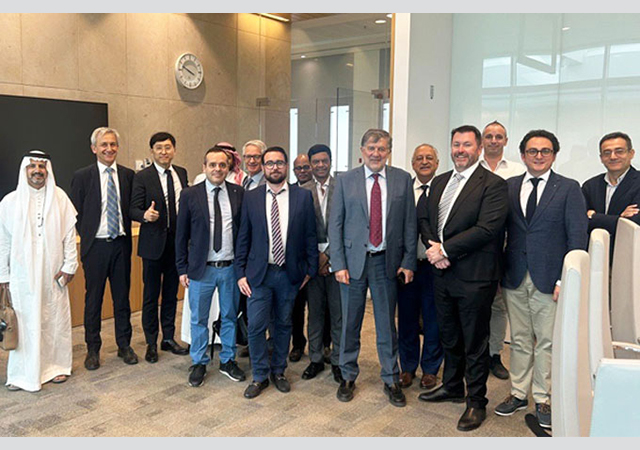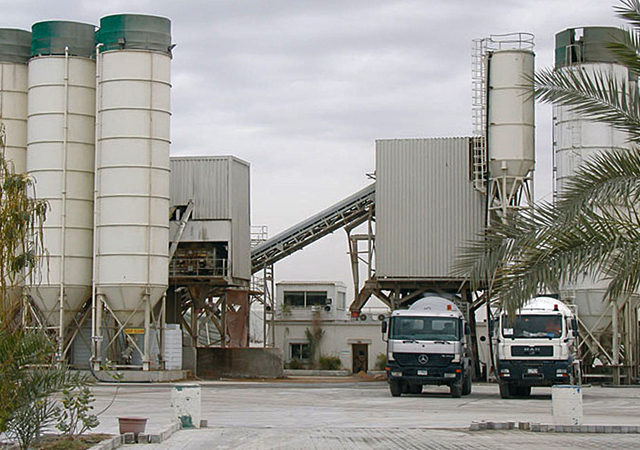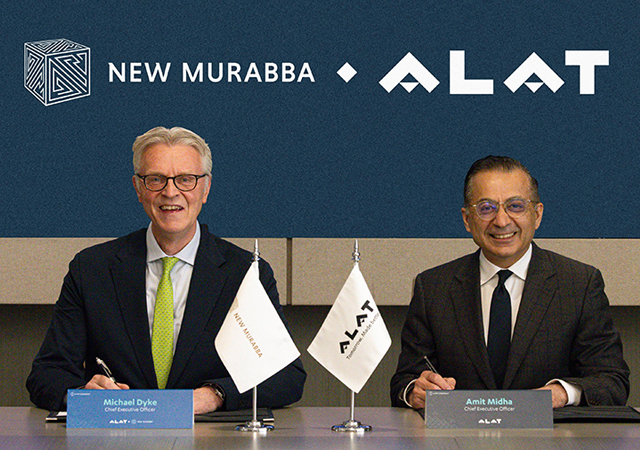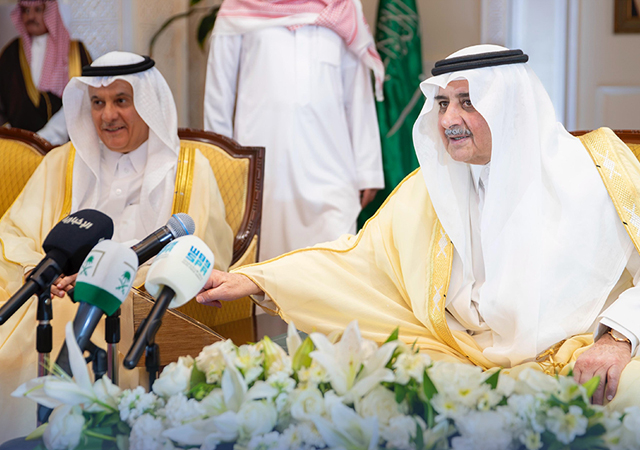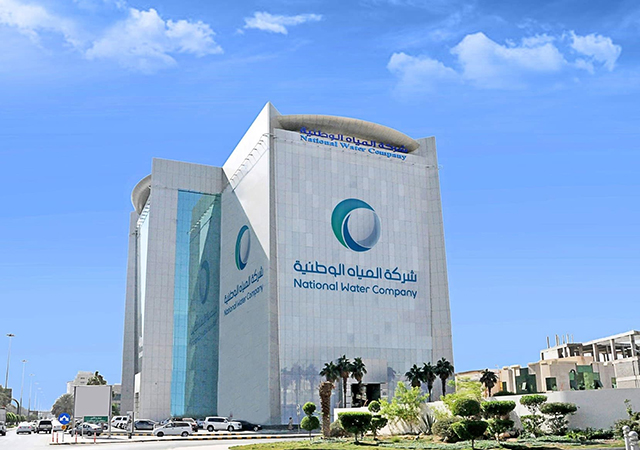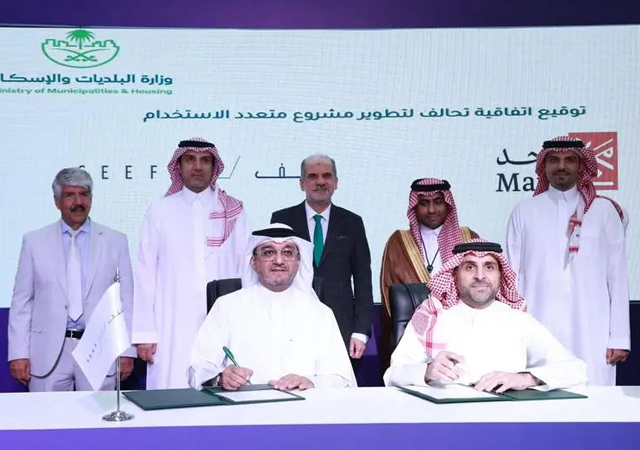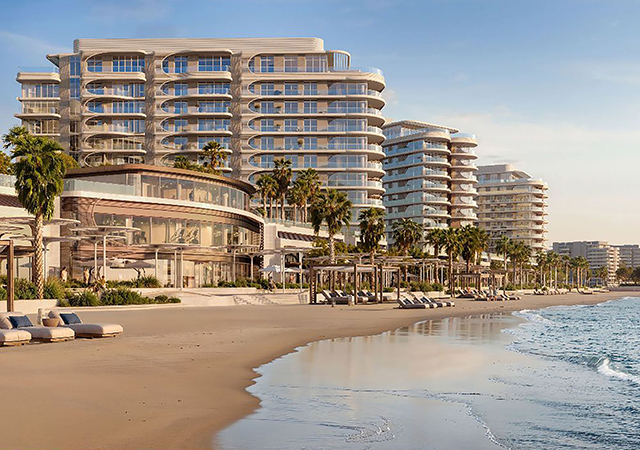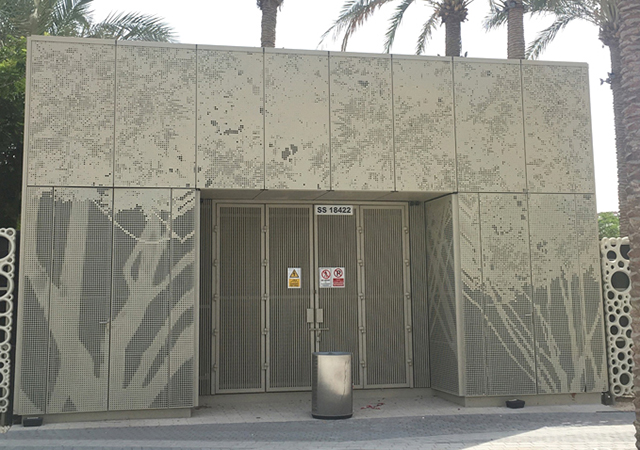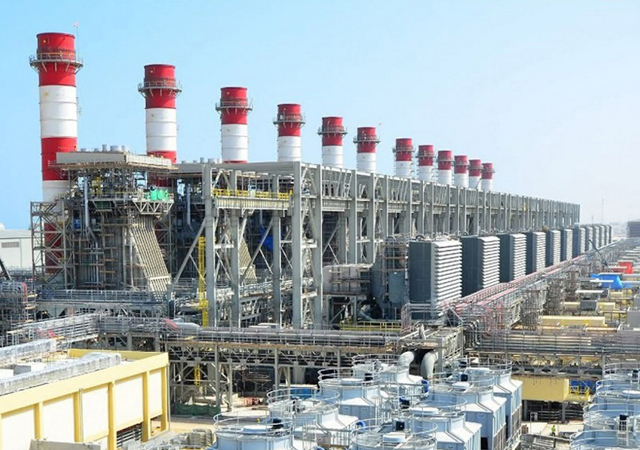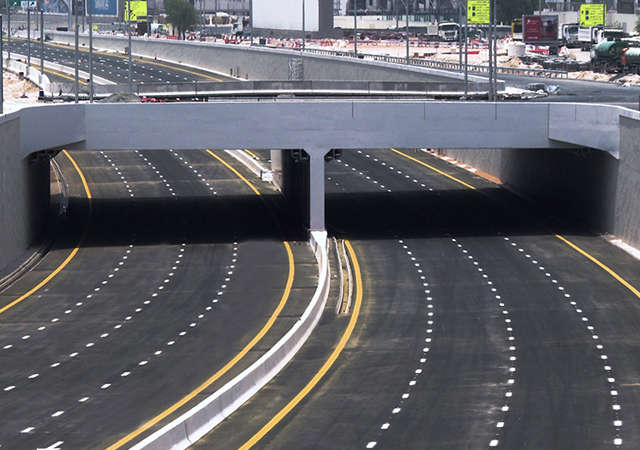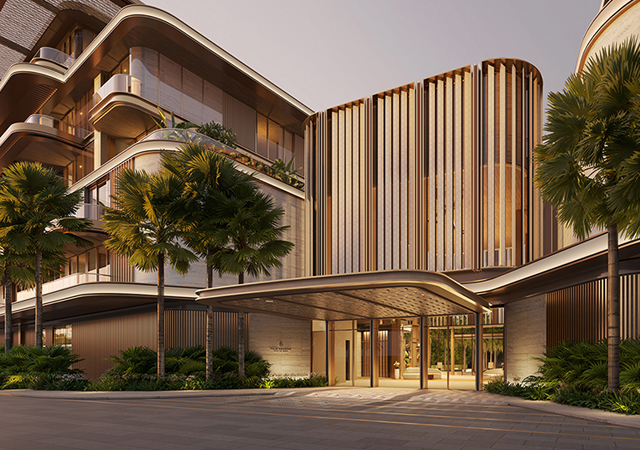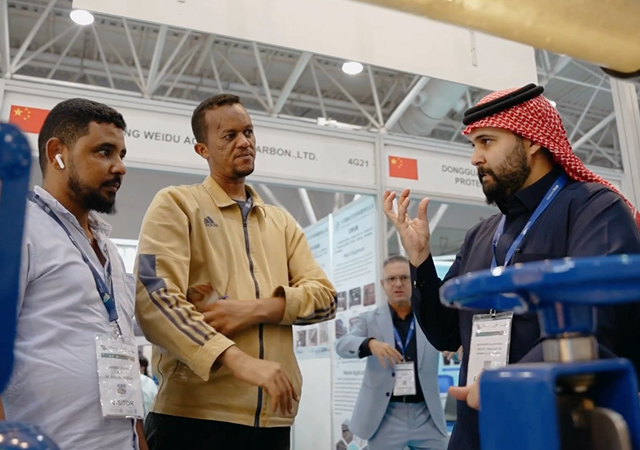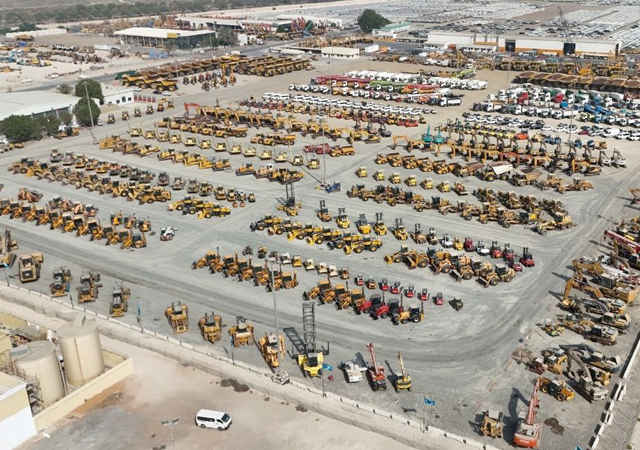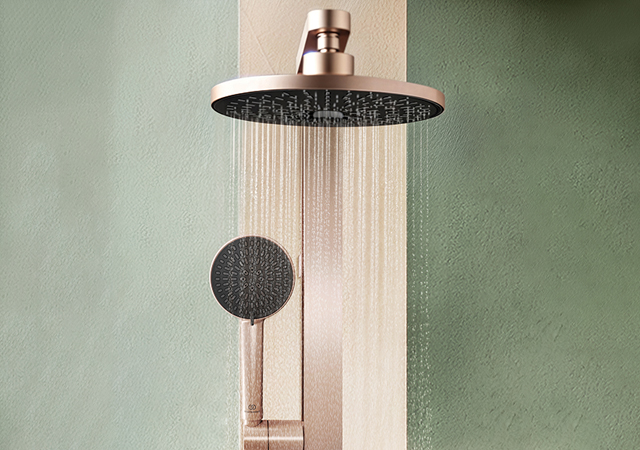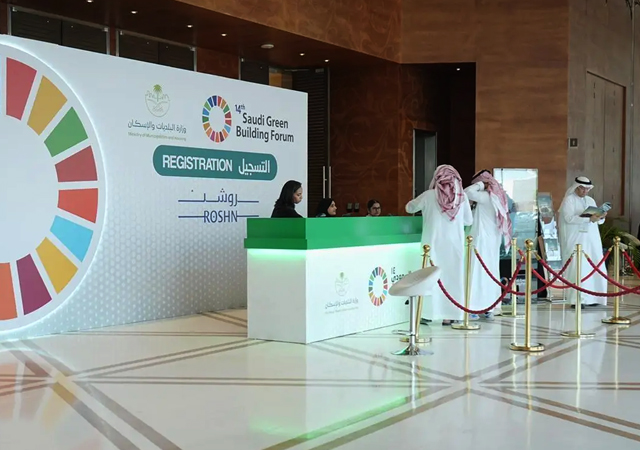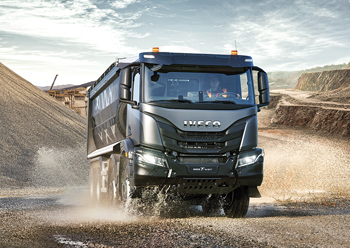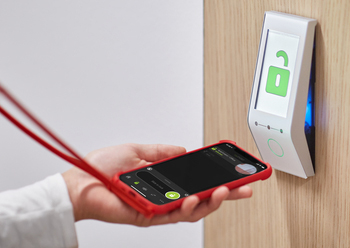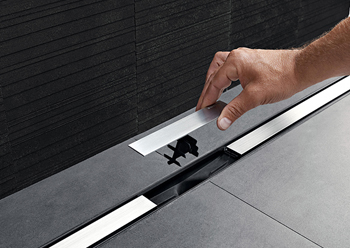
 The CleanLine shower channel ... a new product launched in line with the eco-design principle.
The CleanLine shower channel ... a new product launched in line with the eco-design principle.
In line with the eco-design principle that Geberit has adopted since 2007, the Swiss sanitary solutions provider has introduced new and upgraded products that boost the sustainability features of its bathroom solutions.
Among such products launched recently are the CleanLine shower channel, the new flush valve Type 212 and packaging for its sanitary flush units.
Elaborating on the core idea behind eco-design, Roland Högger, Head of Sustainability and Process Management at Geberit, explains: “Ecodesign is all about developing and optimising products in such a way that each new product brings added value from an ecological perspective. This could be because materials, water or energy are saved, the products can be recycled easier or because less carbon dioxide (CO2) is emitted during production.
“In order to achieve these optimisations, we consider the entire life cycle of a product, from its design and obtaining resources and materials to production, installation and use by the customer, all the way through to disassembly. When procuring resources and materials, we also ensure that social criteria are fulfilled in addition to ecological aspects, such as fair, safe working conditions and the rejection of child labour.”
The new flush valve Type 212 is a good example. It was possible to reduce material consumption slightly during production. Furthermore, the majority of the components are made of ASA (Acrylonitrile Styrene Acrylate) and ABS (Acrylnitril-Butadien-Styrol). Concentrating on only a few product materials then simplifies recycling at the end of the product life cycle.
“This is also our vision – not only to use recycled plastic but also to collect and recycle our old flush valves in order to create new ABS plastics and thus close the material cycle,” he adds.
Geberit has developed the new flush valve Type 212 for concealed cisterns which has been optimised across the board. It is backwards-compatible and replaces the current flush valves seen in the Sigma, Delta and Omega cisterns. The volume of water for the water-saving dual flush can be set with ease. A large flush can be set on six levels ranging from 3.5 to 7.5 litres, while the small flush can be set on 12 levels of between 2 and 4 litres, says a spokesman for Geberit.
“When flushing with minimal water, it is important that the speed of the flush water is tailored perfectly to the WC ceramic appliance. This allows for a clean, efficient flush without water splashes. A throttle is installed in the new basket that is used to set the speed of the flush water and adjust it optimally to the WC ceramic appliance.
“This means the new flush valve Type 212 makes a significant contribution to the resource-saving of water, with the optimal flushing out of the WC ceramic appliance achieved with only minimal flush volumes,” the spokesman explains.
Geberit has also upgraded its shower channel CleanLine which, since its launch in 2015, has become popular among developers and manufacturers of sanitary products as well as consumers.
A further development of the shower channel has seen savings in raw materials and a reduction in packaging material, both of which have had a significant impact in reducing CO2 emissions, says the spokesman.
“The new shower channel requires 85 per cent less stainless steel per unit compared to its predecessor. A reduction in material used means lower raw material consumption and energy consumption during the manufacturing process, which has a positive impact on the carbon footprint. Extrapolated to the amount of units sold, around 7,300 tonnes of CO2 can thus be saved per year.
“The packaging has also been optimised with the reduction from two boxes to one, resulting in an 82 per cent reduction in volume and 30 per cent reduction in packaging material. The smaller, lighter packaging also leads to savings during transportation which, in turn, has a positive impact on the carbon footprint,” he adds.
Meanwhile, the packaging for Geberit’s sanitary flush units is now made exclusively of recyclable cardboard. This is smaller and thus uses 40 per cent less material compared to the previous solution, according to the spokesman.
The packaging also comes without an expanded polystyrene insert, and all without sacrificing on stability.
“This is good for the environment in two ways. Firstly, expanded polystyrene is considered problematic as it is not biodegradable and can only be reused with difficulty. Secondly, the absence of the polystyrene insert results in a 35 per cent reduction in packaging volume, which has a positive impact on transport and storage volumes. As more boxes can now fit on the truck, around 250,000 fewer transport kilometres per year have to be driven. This results in a saving of around 33 tonnes of CO2 per year,” the spokesman says.
According to Högger, Geberit addressed the issue of sustainability very early on without being put under pressure to do so. Hence, it can be considered a pioneer in the field.
“We now carry out eco-design workshops for every new product development, where we analyse the life cycle of a product according to several different criteria. It makes me and the team very happy to see colleagues bring their own thoughts and ideas on sustainability to the table during these workshops, as this demonstrates just how engrained the eco-design approach has become,” he concludes.






